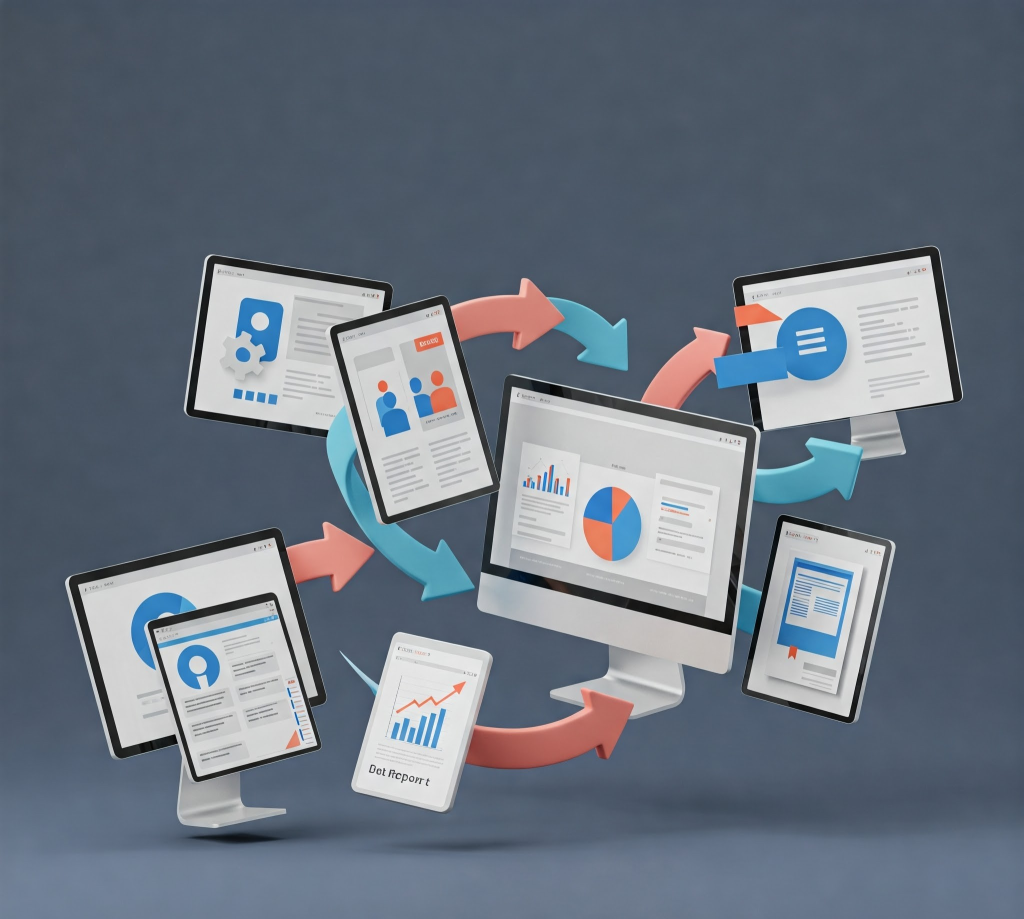As the leader of your marketing team, it’s important for you to understand how to use data in digital marketing. Unfortunately, many organizations offering digital marketing for businesses often use terms such as analytics, KPIs, metrics interchangeably when, really, they mean different things.
One of the key steps to getting the most out of your business data is to establish an understanding between KPIs and metrics and to understand how to use them.
Understanding business metrics
Business metrics are used to track and assess the status of a business based on data taken from a live source and compared to the business’ performance objective. Live sources are typically targeted toward the business’ main audiences such as customers and investors. Business analytics, or simply analytics, are then used to determine the gap between the metrics and the objective.
Different business metrics are monitored by different departments in the company. For instance, marketing directors often track the social media and marketing metrics such as campaign statistics. These metrics help you gauge where your business is ranking in terms of meeting your marketing goals.
Understanding key performance indicators, or KPIs
While KPIs are considered a business metric, not every business metric is a KPI. That is, not every business metric is a key performance indicator. It’s up to you as a marketing director to determine which business metrics are considered your critical business objectives. As a result of this determination, you’ll have a subgroup of business metrics that will become your KPIs.
It’s necessary to note that, when selecting KPIs, your key performance indicators should be what’s the most important aspects for keeping your business above the water. Generally, your KPIs and other business metrics should align with your company’s wide-range objectives lest you become caught up in metrics that don’t have a direct impact on your business growth.
Utilizing both KPIs and business metrics
It’s true that your KPIs are considered your most important metrics. However, that doesn’t mean the rest of your business metrics are expendable. Your business metrics are what you’ll use to determine what’s causing a problem with your KPIs.
Your KPIs notify you of a problem whereas your business metrics tell you what caused the problem and how to fix it. Think of it like a spider web. The KPI is a line on the web and the business metric is a fly within the web. When the fly moves, it causes the web to move. If the web moves too much, the spider (your company), falls. It’s up to your company to determine what is causing movement in the web.
Up to 92% of markets report that social media marketing is important to their business; however, you won’t get anywhere by measuring your business metrics based on Facebook likes. Instead, focus on your KPIs and use your social media metrics to determine the root cause of a problem (such as Facebook changing their algorithm) should that KPI take a nosedive unexpectedly.
Business metrics and KPIs are an effective way to help your business drive decisions and encourage marketing growth. By creating KPIs based on your company’s main objectives, you can create specific visualizations to monitor your business’ performance.




